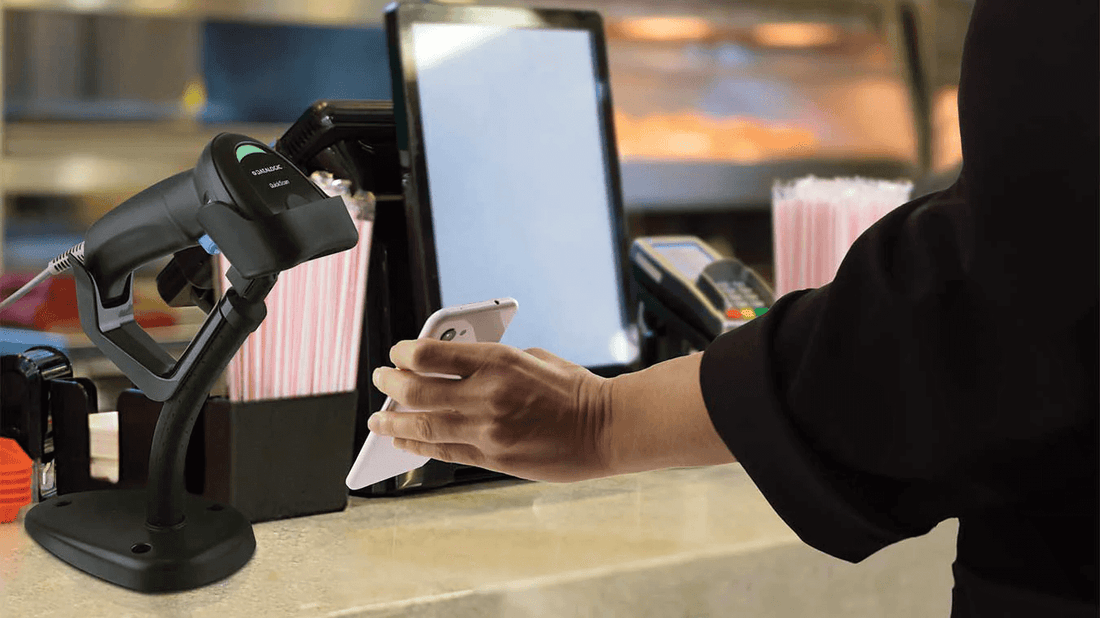In the ever-evolving landscape of technology, barcode scanners continue to play a pivotal role in various industries, with retail being at the forefront of their application. As we step into the year 2024, let's delve into the advancements and innovations that have reshaped the world of barcode scanners, enhancing efficiency, accuracy, and overall customer experience.
1. Advanced Imaging Technology:
In 2024, barcode scanners have embraced advanced imaging technologies, such as high-resolution cameras and machine learning algorithms. This shift has significantly improved the accuracy of barcode reading, even with damaged or poorly printed labels. The scanners can now quickly adapt to various barcode types and sizes, ensuring a seamless checkout experience for customers.
2. Integration with Artificial Intelligence (AI):
AI integration has propelled barcode scanners to new heights. These intelligent systems can now analyze purchasing patterns, provide real-time inventory insights, and even predict future consumer trends. Retailers leverage AI-powered barcode scanners to optimize stock levels, reduce wastage, and enhance overall business strategies.
3. Contactless and Mobile Scanning:
The rise of contactless technologies has influenced barcode scanners as well. In 2024, many retailers have adopted mobile scanning solutions that allow customers to use their smartphones to scan items for purchase. This not only speeds up the checkout process but also aligns with the growing demand for touchless transactions in a post-pandemic world.
4. Augmented Reality (AR) Applications:
Augmented Reality has found its way into barcode scanning technology, creating immersive shopping experiences. Some retail environments utilize AR-enabled barcode scanners that provide additional product information, customer reviews, or even virtual try-on experiences. This not only enhances the customer journey but also adds a layer of interactivity to the shopping process.
5. Cloud-Based Solutions:
Cloud computing has transformed the way data is managed, and barcode scanning is no exception. Cloud-based solutions for barcode scanners enable real-time data synchronization, ensuring that inventory levels, pricing, and product information are consistently updated across all platforms. This not only streamlines operations but also facilitates better decision-making for retailers.
6. Blockchain Integration for Supply Chain Transparency:
In the wake of increasing consumer demand for transparency, some barcode scanners now integrate with blockchain technology. This ensures an immutable and transparent record of the entire supply chain, allowing customers to trace the journey of a product from its origin to the store shelves. This not only builds trust but also helps combat counterfeiting and fraud.
7. Environmental Sustainability:
In 2024, barcode scanner manufacturers are increasingly focusing on sustainability. Energy-efficient designs, eco-friendly materials, and recyclable components are becoming standard features. Retailers are aligning with environmentally conscious practices, contributing to the global effort to reduce electronic waste.
As we stand on the cusp of a new era, barcode scanners in 2024 have evolved into sophisticated tools that go beyond their traditional role. With advanced imaging, artificial intelligence, and innovative applications, these scanners are not just streamlining operations but are actively shaping the future of retail. The integration of contactless solutions, augmented reality, and sustainability features showcases the adaptability of barcode scanners to the changing needs of both retailers and consumers. As technology continues to advance, the journey of barcode scanners promises to be an exciting one, full of possibilities for further transformation and improvement.

